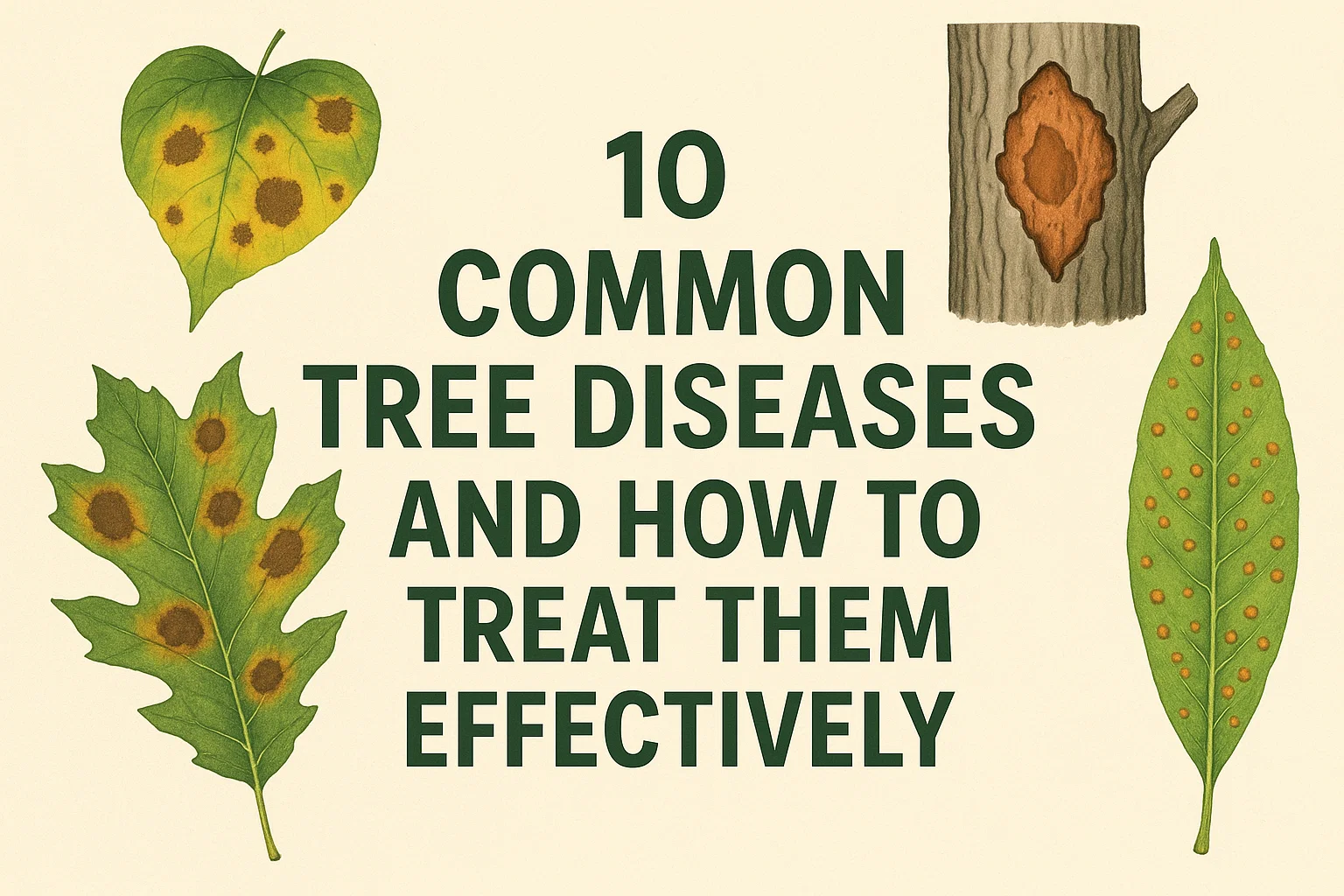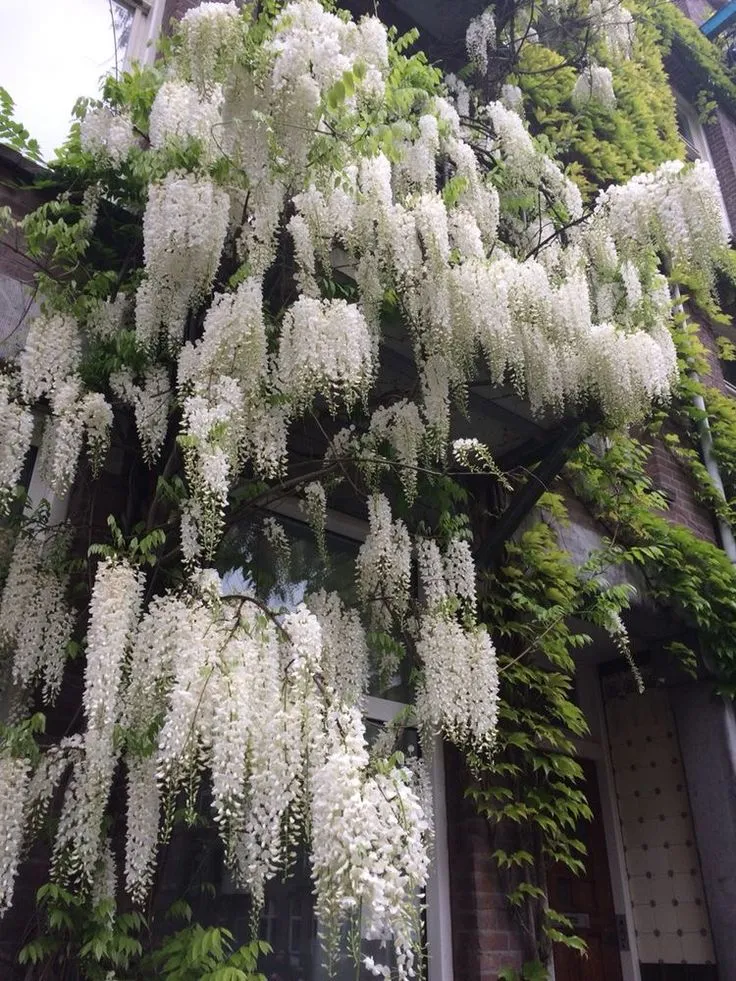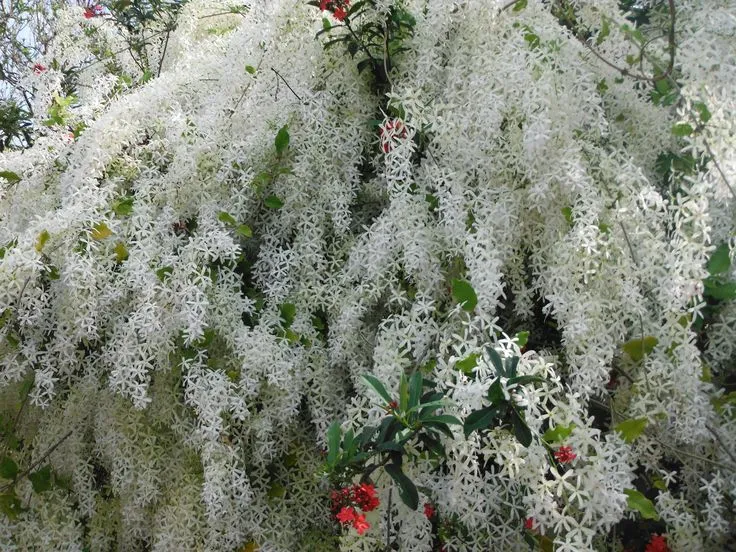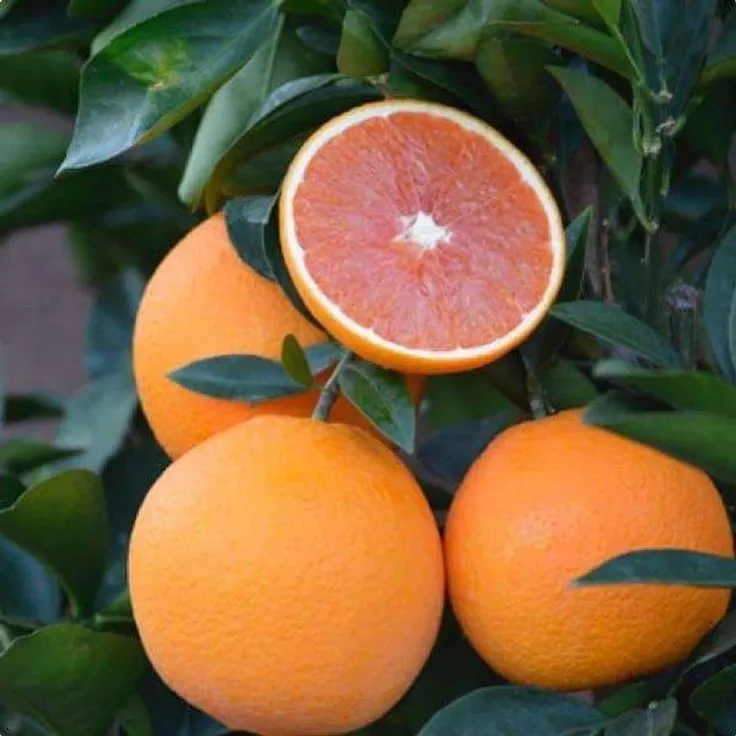Have you noticed unusual spots on your tree’s leaves or cracks in the bark? Northampton’s beautiful landscapes rely heavily on healthy trees, but even the hardiest specimens can fall victim to various diseases. Left untreated, these issues not only harm your trees but could also pose risks to surrounding properties and outdoor spaces. Understanding common tree diseases and their treatments can save you time, money, and the heartbreak of losing a beloved tree.
This guide will walk you through 10 common tree diseases, their symptoms, and expert-recommended treatments tailored for homeowners, property managers, and gardening enthusiasts in your area.
1. Powdery Mildew
Symptoms:
Powdery Mildew appears as a white, powdery coating on leaves, stems, and flowers. It thrives in warm, humid conditions common during Northampton summers.
Treatment:
- Prune affected branches to improve air circulation.
- Apply fungicides such as sulphur or neem oil early in the season to control the spread.
- Water trees at the base rather than from above to keep foliage dry.
Pro Tip: Plant resistant tree species and space them appropriately to reduce humidity build-up.

2. Dutch Elm Disease
Symptoms:
This fungal disease is marked by yellow, wilting leaves that eventually turn brown and fall prematurely. It spreads quickly, often with deadly results for elm trees.
Treatment:
- Immediately prune infected branches and dispose of them far from other trees.
- Inject systemic fungicides into the tree trunk to slow the spread.
- Consult a tree care professional for effective removal if the infection is advanced.
Insight: Early diagnosis is key to saving trees from Dutch Elm Disease. Regular inspections can make all the difference.

3. Oak Wilt
Symptoms:
Popular amongst Northampton’s oak trees, Oak Wilt causes leaves to discolour, wilt, and eventually drop. You may also notice cracks at the base of the trunk.
Treatment:
- Avoid any pruning during spring and summer when insects transmit the disease.
- Create a trench around the tree to prevent fungal spores from spreading through root grafts.
- Engage certified arborists for using appropriate fungicide injections.
Did You Know? Proper disposal of infected wood is crucial to halting this disease’s progression across your property.

4. Leaf Spot Diseases
Symptoms:
Circular brown or black spots scattered across the foliage are the tell-tale signs. They often affect maple, oak, and fruit trees.
Treatment:
- Rake and remove fallen leaves since they harbour spores.
- Apply copper-based fungicides during the early stages.
- Water thoroughly but infrequently, avoiding wetting the leaves.
Internal Link Suggestion: Learn more about tree pruning techniques to improve air circulation and disease control.

5. Honey Fungus
Symptoms:
Honey Fungus causes a white or yellow fungal growth at the base of the tree and stunts its growth. It can also lead to root rot, causing the tree to lean.
Treatment:
- Digging deep trenches around affected areas can stop the fungal spread.
- Remove and destroy the infected tree if necessary to protect nearby plants.
- Consider planting less susceptible species (e.g., birch or beech).
Gardening Tip: Act quickly! Honey Fungus spreads underground faster than you might expect.

6. Fire Blight
Symptoms:
Fire Blight affects apple and pear trees, causing flowers, twigs, and branches to turn black as if scorched. You might also notice a sticky bacterial ooze.
Treatment:
- Cut 20-30 cm below visible infection and sterilise pruning tools between cuts.
- Apply copper sprays during the dormant season.
- Remove any weeds or debris to limit breeding grounds for bacteria.
External Link Suggestion: Explore more solutions for maintaining healthy garden trees.

7. Anthracnose
Symptoms:
Common in sycamore and ash trees, this disease causes brown blotches on leaves and premature shedding. It thrives in damp, cool weather.
Treatment:
- Prune infected twigs and branches during the dormant season.
- Use bio-safe fungicides to control outbreaks.
- Improve soil fertility by applying organic compost.
Example of Success: Recently, a homeowner in Northampton restored a damaged ash tree by combining pruning and fertilisation.

8. Black Knot
Symptoms:
This fungal infection produces hard, black swellings on branches and stems, often making them look charred.
Treatment:
- Prune branches 15-20 cm below the knot and burn or dispose of affected wood responsibly.
- Apply fungicide sprays containing chlorothalonil or thiophanate-methyl.
- Regularly inspect trees during the growing season.
Warning: Neglecting Black Knot can lead to branch dieback and weaken the overall structure of the tree.

9. Verticillium Wilt
Symptoms:
This disease causes leaves to yellow, curl, and fall. Affected trees can also develop dark streaks in the wood.
Treatment:
- Remove dead branches and apply nitrogen-rich fertiliser to help the tree recover.
- Avoid planting susceptible species like maples, ash, or elms in contaminated soil.
- Ensure proper drainage by aerating soil around roots.
Case Study: A local landscaping project in Northampton identified Verticillium Wilt early and saved a maple tree with fungicides and soil improvement.

10. Canker Diseases
Symptoms:
Cankers are sunken, discoloured patches on the bark. They may ooze resin or sap and are often caused by fungi entering through wounds.
Treatment:
- Prune out infected areas during dry weather to prevent spore spread.
- Apply wound dressings to newly trimmed areas.
- Keep trees healthy by watering during drought and fertilising in the spring.
Helpful Hint: Always sanitise tools before and after pruning to minimise contamination.

Prevention Is Better Than Cure
While this guide offers solutions, prevention is your best defence. Inspect your trees regularly, ensure proper spacing to enhance airflow, prune strategically, and amend soil conditions to maintain overall health.
At Northampton Tree Surgeon, we specialise in keeping your outdoor spaces vibrant and disease-free. With over 21 years of experience, our eco-conscious methods are tailored to protect your trees while enhancing your property’s beauty.
Call to Action
If you’ve noticed troubling signs in your trees or want an expert opinion, don’t wait for the problem to worsen. Get in touch with our expert tree surgeons for a free consultation. Call us on 01604 261394 or explore our comprehensive tree care services. Together, we can create a greener, healthier Northampton.






Leave a Reply